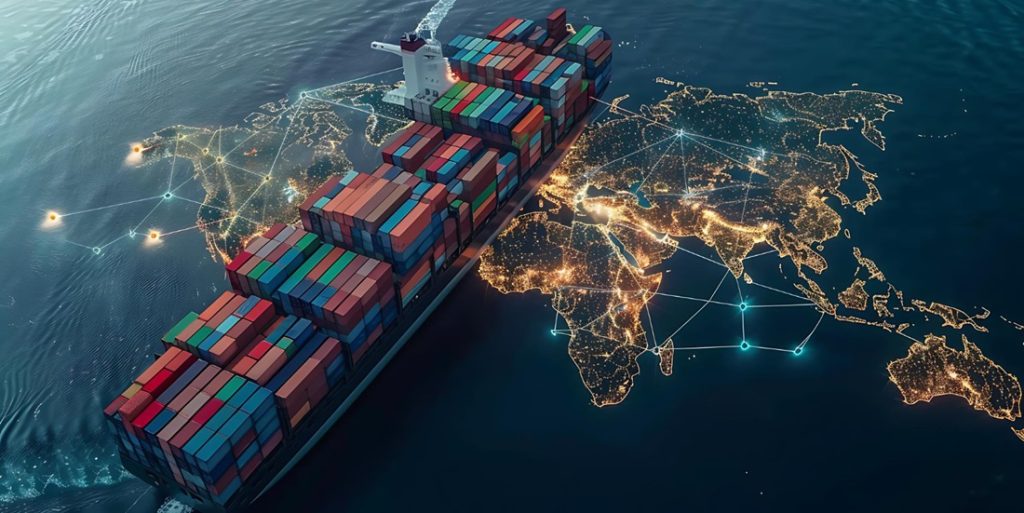Newly released data organized by Datamar’s Business Intelligence team shows that Brazilian container imports surged by 19.5% from January to July 2024 compared to the same period last year. A total of 1,821,816 TEUs arrived at Brazilian ports in the first seven months of the year, up from 1,524,670 TEUs during the same months in 2023. In July alone, inbound volumes rose by 22.8%.
China remains Brazil’s largest source of imports, with a 34.7% increase in volume over the first seven months of 2024 compared to January through July 2023. The United States followed, shipping 20.6% more volume to Brazil.
Plastics were the most imported product via containers in Brazil during this period, with volumes 28.8% higher than the same period in 2023. Reactors and boilers came in second, with a 10.2% increase.
Below is a comparison of Brazilian container imports for the first half of the year over the last four years.
On the export side, Brazilian container volumes grew at a slightly slower pace, rising 16.5% between January and July 2024 compared to the same period in 2023. In July alone, exports were up by 3%.
China is also Brazil’s top partner for container exports, with shipments increasing by 21.8% in the first seven months of 2024 compared to the same period last year. The United States followed with a 7.7% increase in shipments.
Meat remains Brazil’s most exported commodity via containers, with volumes 8.1% higher than in the first seven months of 2023. Wood shipments grew by 16.8%, while sugar exports saw a significant increase, jumping 42.6% from last year.
Below is a historical comparison of Brazilian container exports in the first seven months of 2024 with the same months of the previous three years.
Plate
Argentine container exports grew by 6.3% in the first seven months of 2024 compared to the same period in 2023, while imports fell by 24.7% year-on-year.
Freight Rates
Freight rates serve as an important indicator for predicting market trends. According to the latest Platts Global Container Freight Weekly Commentary, released last week by S&P Global, the container market in South America was impacted by various trends last week, influenced by changes in service lines and fluctuating demand.
In the import segment for the East Coast of South America, the addition of new service lines and the relative reduction in demand are projecting a decline in rates as September approaches. Rates are expected to decrease as the market adjusts to new conditions.
According to the report, a freight forwarder revealed that the main reason for the recent drop in rates is the abundance of available space, driven by the incorporation of three new transport services.
Additionally, challenges related to price spikes are making imports more difficult for many. “Importers are facing difficulties due to the high value of rates,” noted an industry expert.
According to another Brazilian logistics operator interviewed by S&P, “No buyer can sustain high rates indefinitely,” observing that the rate reduction is more linked to the “decreased demand from importers.”
Rates for the North Asia to East Coast South America route were assessed at $6,700/FEU, representing a reduction of $100/FEU compared to the previous week.
Neoking foods specialized in: Brazilian Beef, Brazilian Chicken, Brazilian Pork, Brazilian Egg, Brazilian Breeders e Brazilian Duck, Brazilian Fish, Argentina Beef, Argentina Chicken, Argentina Pork, Argentina Mutton, Argentina Lamb / Uruguay Lamb, Uruguay mutton, Chile Beef, Chile Chicken / Paraguay Beef, Paraguay Chicken, Paraguay Pork


